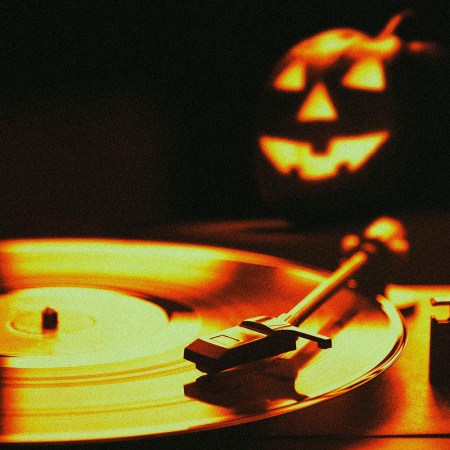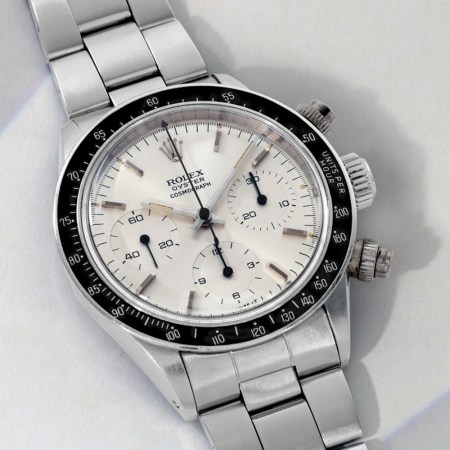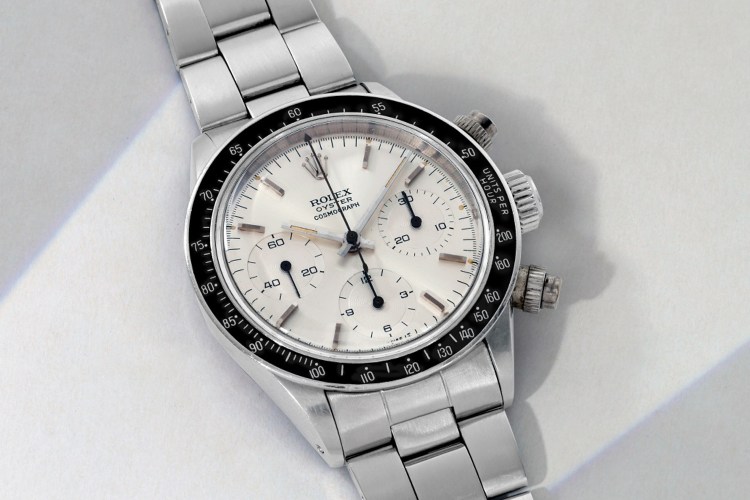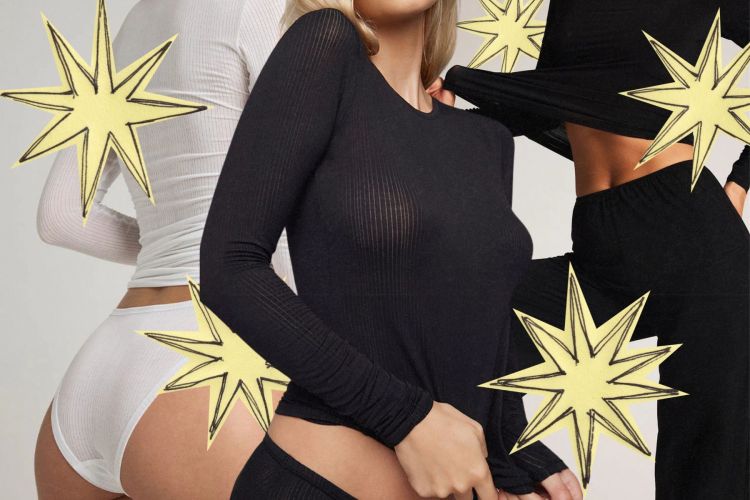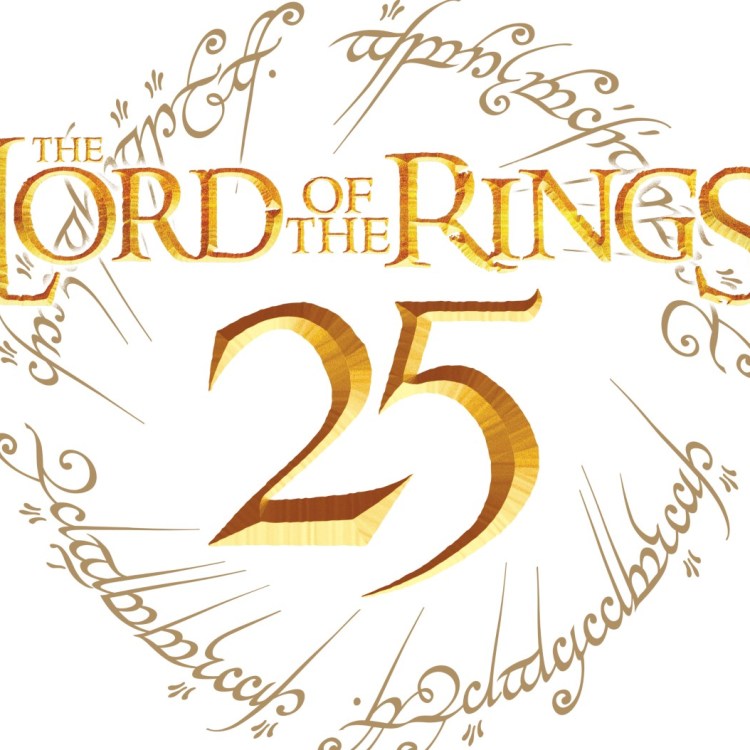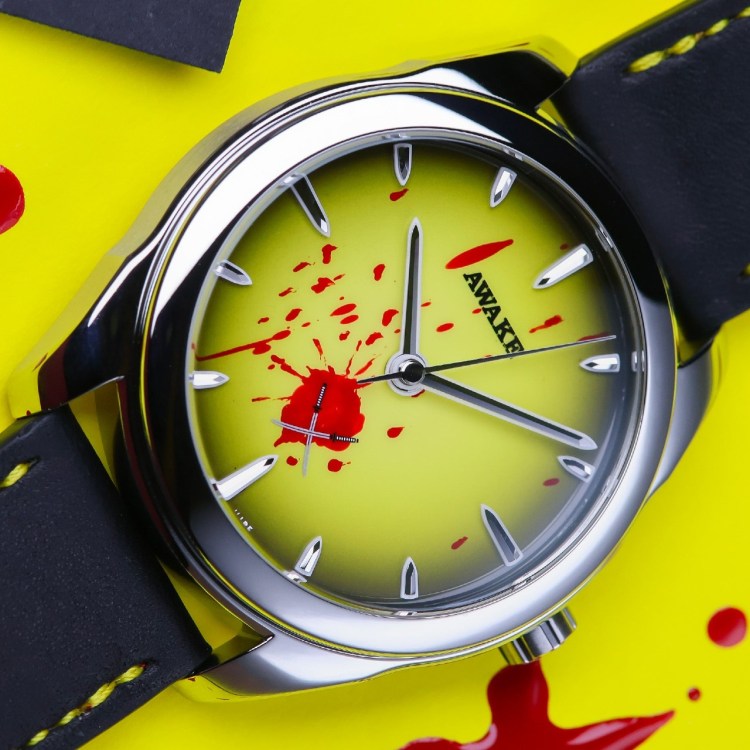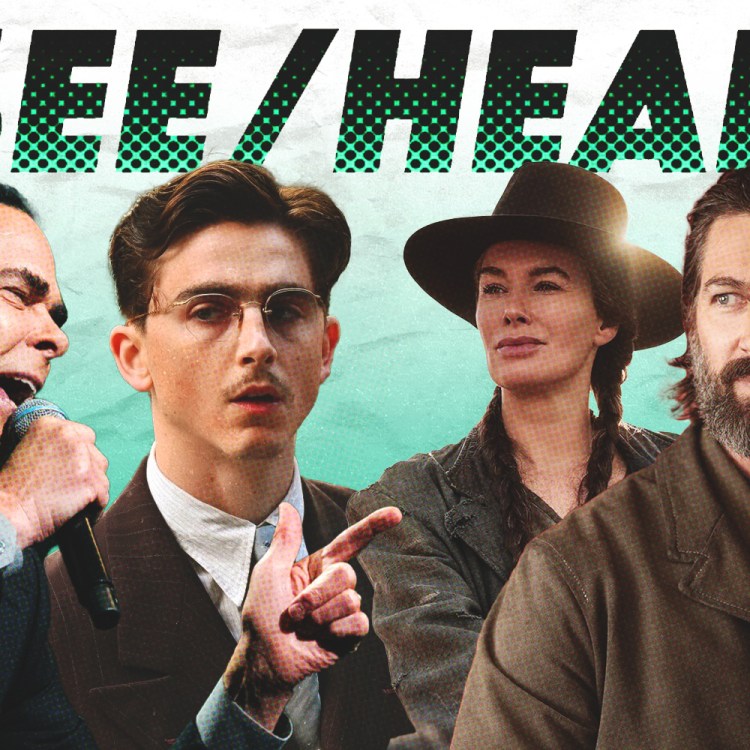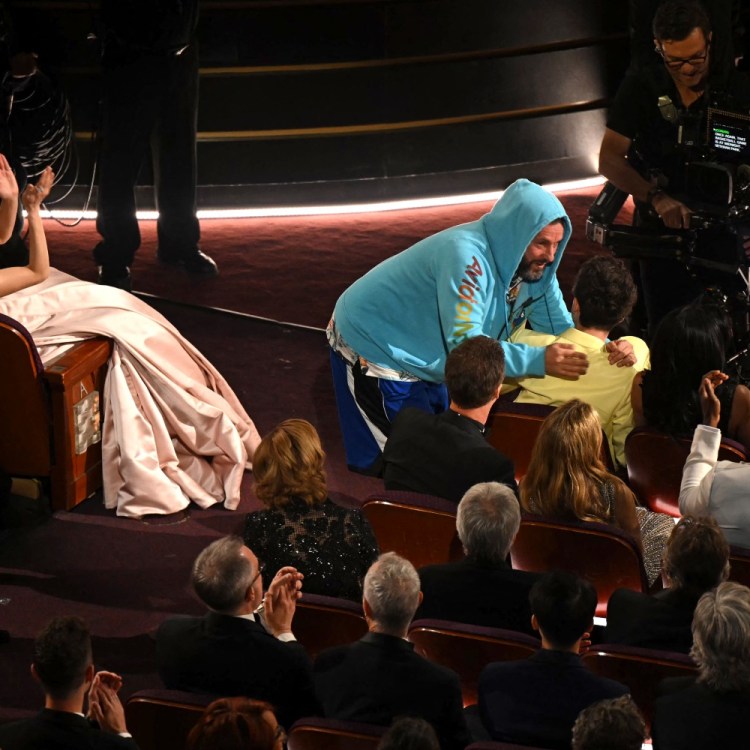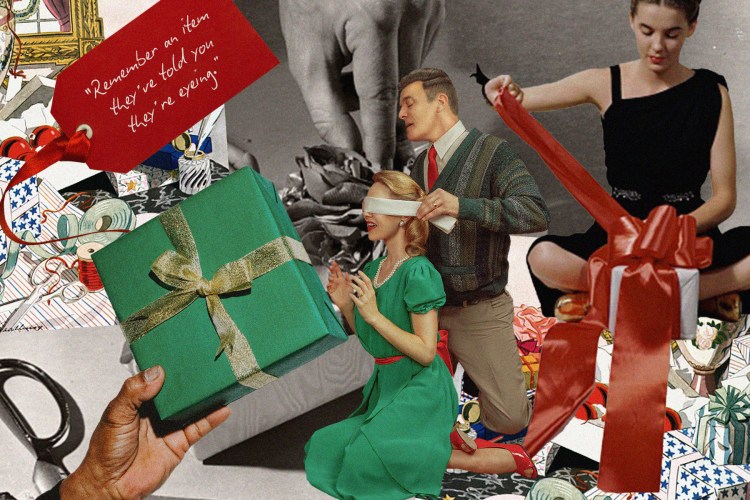Every year, autumn creeps in with a lurking sense of foreboding. October is a particularly deadly time, a month of falling leaves and dashed World Series hopes, of darkening days and the poisonous stink of pumpkin spice.
Luckily, there are always monster movies to cheer us up.
But that, believe it or not, is a thought that spawns terror in the hearts of the people who make horror movies.
The last few years have seen a genuine renaissance in the genre. After suffering through one gruesome trend after another – slice-and-dice slasher films, torture-porn gross-outs,YA vampire romances – suddenly the screens were full of chilly, sophisticated scares.
There were the sneaky suburban terrors of “It Follows,” and the childhood nightmares of “The Babadook.” The Early American devils of “The Witch,” and the post-apocalyptic dangers of “It Comes at Night.” The soul-stealing chills of “Get Out” and the buggy aliens of “A Quiet Place.” The family curse of “Hereditary” and, now, the avant-garde grotesqueries of “Suspiria.”
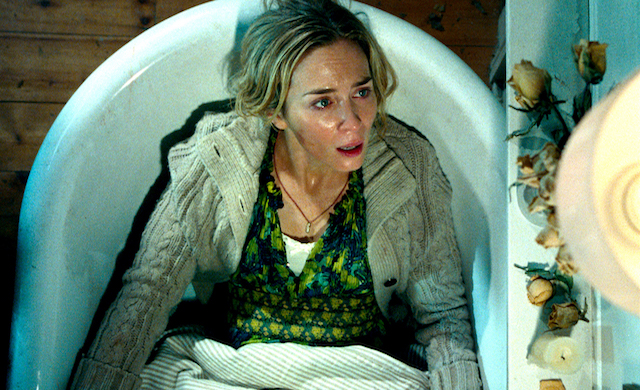
It really is a golden age of horror.
Just don’t – horrors! – call them horror movies.
Ari Aster, who wrote and directed the gruesome “Hereditary,” has said he never thought of his picture as a horror film – despite its bloody decapitations, disinterred corpses and spell-casting witches — preferring, instead, to describe it as “a family tragedy that curdles into a nightmare.”
To actually call a movie about grave-robbing and demonic possession a “horror film” would be, you, know, insulting.
Lately, other filmmakers and critics have followed his lead, sometimes trotting out the phrase “elevated horror”; embarrassed to actually admit they’ve made, or loved, something as childish as a monster movie, they need to pretend it’s something else.
Scott Beck, the co-writer of “A Quiet Place,” described his film as “a roller-coaster ride” but also “a character piece, prestige type of film.” Other filmmakers insist what they’ve really made is “a social thriller” or “a family psychodrama,” or described the development process as “smuggling a Sundance movie into a horror film.”
Because actually admitting you made a horror film, on purpose, would be, you know, horrible.
The phrase “elevated horror” has become so commonplace, it’s practically become its own genre. When the short “A Still Sunrise” screened at this year’s Cannes, cast member Jamie Lee-Hill promoted it with the hashtag #elevatedhorror. Why call it that, someone asked? “Because,” his next tweet sniffed, “it’s actually an intelligent drama with symbolism within the film.”
Right. And “Rosemary’s Baby” wasn’t?
It’s enough to make a horror fan scream.
In “Halloween,” JAMIE LEE CURTIS returns to her iconic role as Laurie Strode, who comes to her final confrontation with Michael Myers, the masked figure who has haunted her since she narrowly escaped his killing spree on Halloween night four decades ago.I understand the temptation to label something – it’s the first thing we critics do, to make our lives easier – but “elevated horror” is a left-handed compliment at best, a phrase that puts down an entire genre by praising one example for rising above it. It’s snobbish and unfair and actually anti-horror. We don’t call a Noel Coward play “elevated comedy.” “La La Land” wasn’t an “elevated musical.”
The genre is the genre, and the only distinction is how serious the filmmaker, and the audience, are willing to take it. Ultimately, there’s simply good horror, and bad horror. Well-written films, and poorly written ones. Shocks and schlock.
Actually, the best horror movies have always been elevated, because horror itself is an purposefully exaggerated form of drama – rich melodramas with huge stakes, extreme characters, and wild peaks of emotion. And the greatest ones have always resonated with us because great horror reaches our truly primal fears.
Think about what really scares you – find it, isolate it, analyze it – and you’ll probably discover that, on some level, it’s about being powerless. And the great horror films always knew this.
Look at your favorite fiendish films and you’ll find real fears buried inside. Stories about zombies and madmen are really about the loss of reason. Stories about werewolves are about the loss of control. Stories about vampires are about giving in to our darkest sexual desires. Stories about ghosts and witches are about doubting our deepest religious convictions.
Each one zeroes in on something we think we have power over – our personality, our behavior, our beliefs – and then shows us we have no power at all.
Grown-up horror is far from a millennial invention.
“Freaks” was made more than 80 years ago, and it says more about being a despised outsider than any two seasons of “American Horror Story” combined. “The Wolfman,” released in 1941, remains a terrifyingly up-to-date metaphor for substance abuse – and a painful one to watch when you remember the actor playing its hirsute antihero, Lon Chaney Jr., was an alcoholic in real life.
It was always monster as metaphor, and the grim parade only gained marchers as outdated censorship rules fell. What is the original “Night of the Living Dead” truly about except a country torn by tribalism and paranoia? What is really at the darkest heart of “The Exorcist” except conservative male fears about female sexual power (which can only be defeated by men of the Church)?
The willingness to actively challenge horror audiences faded a bit in the `80s, but that new corporate caution was true of every genre. So instead of “The Haunting” we got “Poltergeist,” instead of “The Texas Chain Saw Massacre” we got “Friday the 13th.” Sense was abandoned in favor of sensation, and whether or not horror was de-elevated it was certainly devalued.
But smart horror films, like smart horror fans, have always been with us, and lately, yes, they’re making a comeback – because, like their eldritch ancestors, these fantastical shockers are also talking about real-life worries.
What is the absurdly gory, putridly pretentious “Suspiria” really about? Well, there you got me. (Fear of modern dance?) But “Get Out” tackles issues of ugly racism and faux liberalism; “Hereditary” is very much about the cyclical curse of family dysfunction. “It Follows” slyly touches on sexual disease and viral scandal; “The Babadook” deftly examines the pain of grief, and the stresses of single motherhood.
And if some grad student isn’t writing right now about “A Quiet Place” as tale of a conservative family’s fear of speaking out, and a defense of traditional gender roles – well, a future one will be. And guaranteed, a counter-interpretation will soon follow. (Is the original “Invasion of the Body Snatchers” a right-wing film about Communist infiltration, or a left-wing film about McCarthy-ite conformity? Discuss amongst yourselves.)
No, horror needs no elevation.
It never has.
It just needs to be met on its own level – where our most cherished beliefs are challenged, and are deepest fears are made real. Where the screams in the night are our own cries of doubt – and the monster in the closet is us.
This article appeared in an InsideHook newsletter. Sign up for free to get more on travel, wellness, style, drinking, and culture.

